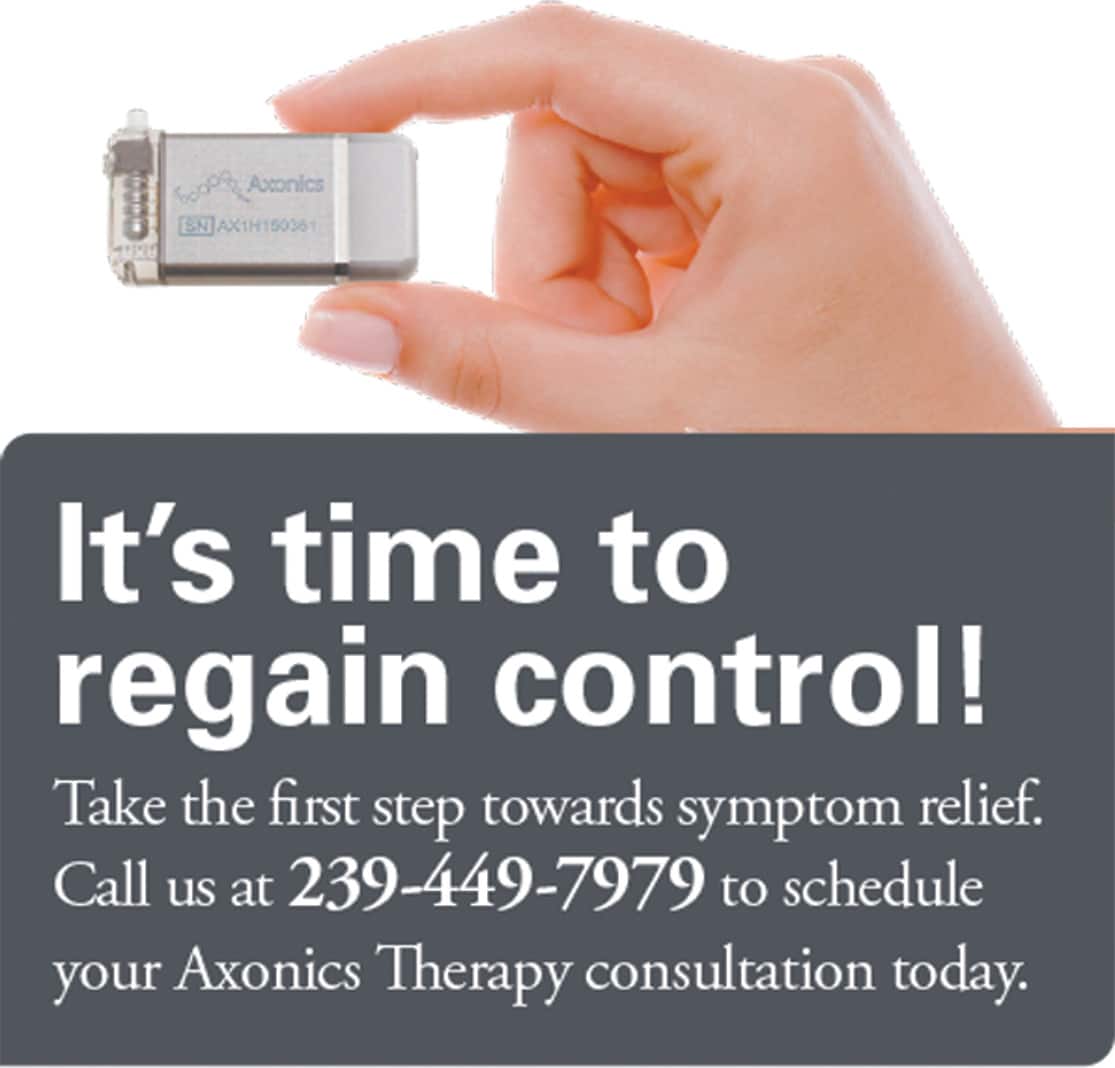Alejandro Miranda-Sousa, MD
A kidney stone is a solid mass made up of tiny crystals. One or more stones can be in the kidney or ureter at the same time.
Causes, incidence, and risk factors
Kidney stones are common. Some types run in families. They often occur in premature infants.
There are different types of kidney stones. The exact cause depends on the type of stone.
Stones can form when urine contains too much of certain substances. These substances can create small crystals that become stones. The stones take weeks or months to form.
• Calcium stones are most common. They are more common in men between age 20 – 30. Calcium can combine with other substances, such as oxalate (the most common substance), phosphate, or carbonate, to form the stone. Oxalate is present in certain foods such as spinach. It’s also found in vitamin C supplements. Diseases of the small intestine increase your risk of these stones.
• Cystine stones can form in people who have cystinuria. This disorder runs in families and affects both men and women.
• Struvite stones are mostly found in women who have a urinary tract infection. These stones can grow very large and can block the kidney, ureter, or bladder.
• Uric acid stones are more common in men than in women. They can occur with gout, diabetes, hypertension, obesity or chemotherapy.
• Other substances also can form stones, including the medications, acyclovir, and triamterene among others.
The biggest risk factor for kidney stones is not drinking enough fluids. Kidney stones are more likely to occur if you make less than 1 liter of urine a day. That’s slightly more than a quart.
Symptoms
You may not have symptoms until the stones move down the tubes (ureters) through which urine empties into your bladder. When this happens, the stones can block the flow of urine out of the kidneys.
The main symptom is severe pain that starts suddenly and may go away suddenly:
• Pain may be felt in the belly area or side of the back
• Pain may move to groin area (groin pain) or testicles (testicle pain)
Other symptoms can include:
• Abnormal urine color
• Blood in the urine
• Chills
• Fever
• Nausea
• Vomiting
Signs and tests
The health care provider will perform a physical exam. The belly area (abdomen) or back might feel sore.
Tests that may be done include:
• Blood tests to check calcium, phosphorus, uric acid, and electrolyte levels
• Kidney function tests
• Urinalysis to see crystals and look for red blood cells in urine
• Examination of the stone to determine the type
Stones or a blockage can be seen on:
• Abdominal CT scan
• Abdominal/kidney MRI
• Abdominal x-rays
• Intravenous pyelogram (IVP)
• Kidney ultrasound
• Retrograde pyelogram
Treatment
Treatment depends on the type of stone and the severity of your symptoms.
Kidney stones that are small usually pass on their own. When the stone passes, the urine should be strained so the stone can be saved and tested.
Drink at least 6 – 8 glasses of water per day to produce a large amount of urine.
Pain can be severe enough to need narcotic pain relievers. Some people with severe pain from kidney stones need to stay in the hospital. You may need to get fluids through a vein (intravenous).
Depending on the type of stone, your doctor may prescribe medicine to decrease stone formation or help break down and remove the material that is causing the stone. Medications can include:
• Allopurinol (for uric acid stones)
• Antibiotics (for struvite stones)
• Diuretics
• Phosphate solutions
• Sodium bicarbonate or sodium citrate
• Water pills (thiazide diuretics)
Surgery is usually needed if:
• The stone is too large to pass on its own
• The stone is growing
• The stone is blocking urine flow and causing an infection or kidney damage
• The pain cannot be controlled
Today, most treatments are much less invasive than in the past, ie,
• Extracorporeal shock-wave lithotripsy is used to remove stones slightly smaller than a half an inch thatare located near the kidney or ureter. It uses sound or shock waves to break up stones. Then, the stones leave the body in the urine.
• Percutaneous nephrolithotomy is used for large stones in or near the kidney, or when the kidneys or surrounding areas are incorrectly formed. The stone is removed with tube (endoscope) that is inserted into the kidney through a small surgical cut.
• Ureteroscopy, placing a very small camera inside the ureter to remove or break the stone. May be used for stones in the lower urinary tract.
Expectations (prognosis)
Kidney stones are painful but usually can be removed from the body without causing permanent damage.
Kidney stones often come back, especially if the cause is not found and treated.
If treatment is significantly delayed, damage to the kidney or other serious complications can occur.
Complications or Side Effects of urinary stones
• Decrease or loss of function in the affected kidney
• Kidney damage, scarring
• Obstruction of the ureter (acute unilateral obstructive uropathy)
• Recurrence of stones
• Urinary tract infection
Prevention
If you have a history of stones, drink plenty of fluids (6 – 8 glasses of water per day) to produce enough urine. Depending on the type of stone, you might need medications or diet changes to prevent the stones from coming back. Is important to find out why the person forms stones so, prevention could be started soon.
For more information, please visit our website www.UrologyExperts.com or call Urology Experts today at (239) 226-2727 or email
info@UrologyExperts.com to schedule your consultation!
(239) 226-2727








